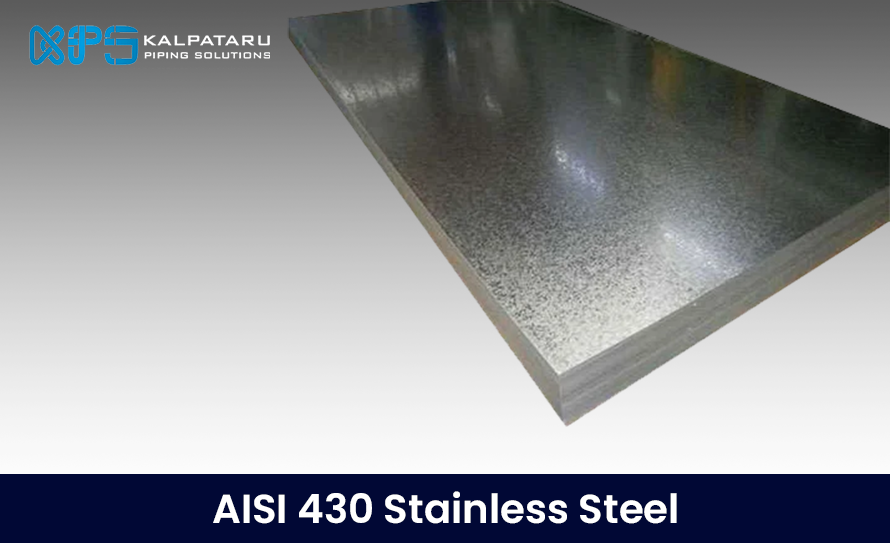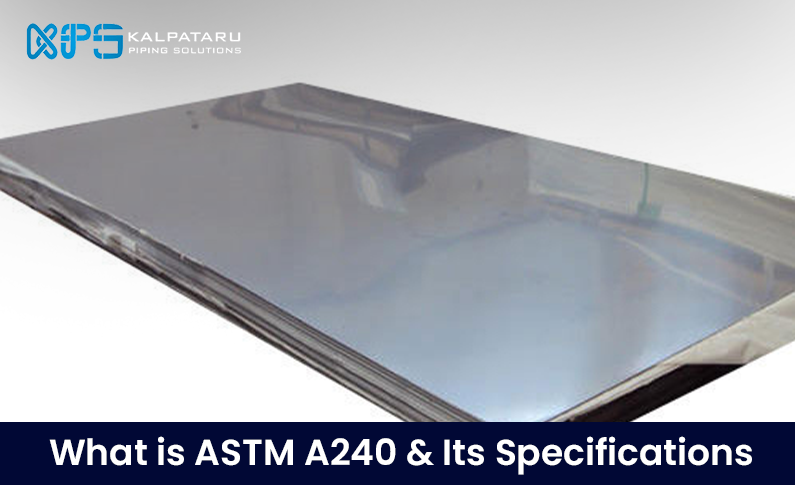Stainless steels are categorized based on their microstructure, with duplex stainless steels being a unique combination of two phases: ferrite and austenite. These steels have a balanced microstructure, typically containing approximately 50% ferrite and 50% austenite. Duplex stainless steels are further divided into subcategories, including super duplex stainless steels, which share the same dual-phase structure.
The key distinction lies in the alloy composition and performance. Super duplex stainless steels are more highly alloyed compared to standard duplex grades, incorporating higher amounts of chromium, nickel, molybdenum, nitrogen, and sometimes tungsten. This enhanced chemistry gives super duplex grades superior corrosion resistance, especially against pitting and crevice corrosion, with a Pitting Resistance Equivalent Number (PREN) ranging from 38 to 45. In comparison, standard duplex grades have a PREN range of 22 to 38.
Super duplex stainless steels also exhibit higher mechanical strength and durability, making them ideal for demanding environments. However, their high alloy content makes them more challenging to process and more prone to the formation of intermetallic phases, which can reduce impact resistance if not properly managed during manufacturing. This highlights the importance of sourcing these materials from experienced and reliable manufacturers to ensure optimal performance and quality.
The Price Difference between Duplex and Super Duplex
Both duplex and super duplex stainless steels offer superior corrosion resistance compared to conventional austenitic stainless steels. However, super duplex grades stand out for their exceptional resistance to pitting corrosion, a critical property achieved through a higher chromium content of about 27%, compared to 22% in standard duplex grades.
This enhanced chemistry comes at a cost. To balance the alloy’s structure and maintain its dual-phase properties, super duplex steels require additional elements like nickel and molybdenum. Nickel, being a traded commodity, is subject to price fluctuations, often making it expensive. Similarly, molybdenum is a rare and costly element. The increased presence of these elements in super duplex alloys significantly raises their production costs, making them pricier than standard duplex stainless steels.
Welding Duplex and Super Duplex Stainless Steels
Corrosion Resistance of Duplex & Super Duplex Stainless Steels
Cutting Speed for Duplex and Super Duplex Stainless Steels
Duplex and Super Duplex Chemical Composition
| Trade Name | UNS | Chemical Composition | Min.Tensile (KSI) |
Min.Yield (KSI) |
Elongation % |
Super Duplex American Standards |
| SAF 2507® | UNS S32750 | C 0.030 max Cr 24.0-26.0 Cu 0.5 max Mn 1.20 max Mo 3.0-5.0 N 0.24-0.32 Ni 6.0-8.0 P 0.035 max S 0.020 max Si 0.8 max |
116 | 80 | 15 | ASTM A182 F53, A240, A276, A479, A789, A790, A815, A928, A988 SAE J405 |
| UNS S32760 | C 0.03 max Cr 24.0-26.0 Cu 0.5-1.0 Mn 1.0 max Mo 3.0-4.0 N 0.2-0.3 Ni 6.0-8.0 P 0.03 max S 0.01 max Si 1.0 max W 0.5-1.0 |
109 | 80 | 25 | ASTM A182 F55, A240, A276, A314, A473, A479, A789, A790, A815, A928, A988 SAE J405 |
|
| SAF 2205® 22Cr |
UNS S31803 | C 0.30 max
Cr 21.0-23.0Mn 2.00 max Mo 2.50-3.50 N 0.08-0.20 Ni 4.50-6.50 P 0.030 max S 0.020 max Si 1.00 max |
90 | 65 | 25 | ASME SA-182 (F51), SA-240, SA-798, SA-790, SA-815 ASTM A182 (F51),A240, A276, A479, A789, A790, A815, A928, A988 SAE J405 |
| SAF 2205® 22Cr |
UNS S32205 | C 0.30 max Cr 22.0-23.0 Mn 2.00 max Mo 3.00-3.50 N 0.14-0.20 Ni 4.50-6.50 P 0.030 max S 0.020 max Si1.00 max |
95 | 65 | 25 | ASME SA-182 (F60), SA-240, SA-798, SA-790, SA-815 ASTM A182 (F60), A240, A276, A479, A480, A798, A790, A815, A928, A988 SAE J405 |
Duplex and Super Duplex Stainless Steel Equivalent Grades
| STANDARD | WERKSTOFF NR. | UNS |
| Duplex 1803 | 1.4462 | S31803 |
| Duplex 2205 | 1.4462 | S32205 |
| Super Duplex S2507 | 1.4410 | S32750 / S32760 / S32950 |
Conclusion
Understanding the differences between duplex and super duplex stainless steels highlights their unique properties and applications. While both offer excellent corrosion resistance and strength, super duplex stands out with its superior performance in extreme environments due to its higher alloy content. However, this enhanced performance comes at a higher cost and requires careful handling during fabrication and processing. Choosing between duplex and super duplex depends on the specific requirements of the application, making it essential to work with experienced manufacturers and suppliers to ensure optimal results.
FAQs
What is a super duplex stainless steel?
Super duplex stainless steel refers to high-performance alloys with around 25% chromium, combining austenitic and ferritic microstructures for exceptional strength and corrosion resistance in demanding environments.
What grade is super duplex stainless steel?
Super Duplex stainless steels, with PREN 38-45, feature high corrosion resistance and strength. Common grades include F53 (UNS S32750) and F55 (UNS S32760), rich in chromium, molybdenum, and nitrogen.
What is the difference between duplex and super duplex stainless steel?
Duplex stainless steels have 22% chromium, while Super Duplex grades have 25%, providing enhanced pitting corrosion resistance due to the higher chromium and alloy content.




